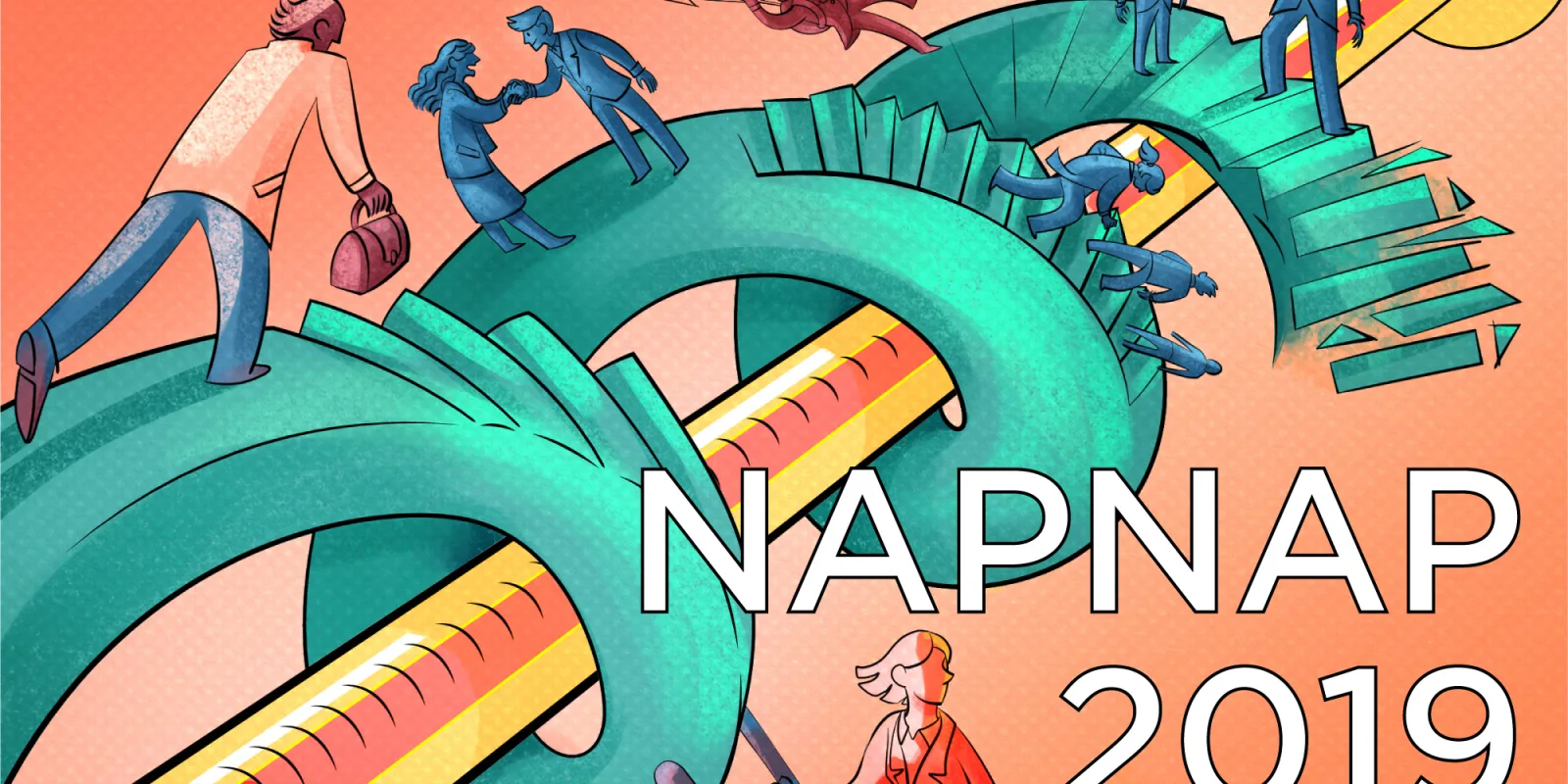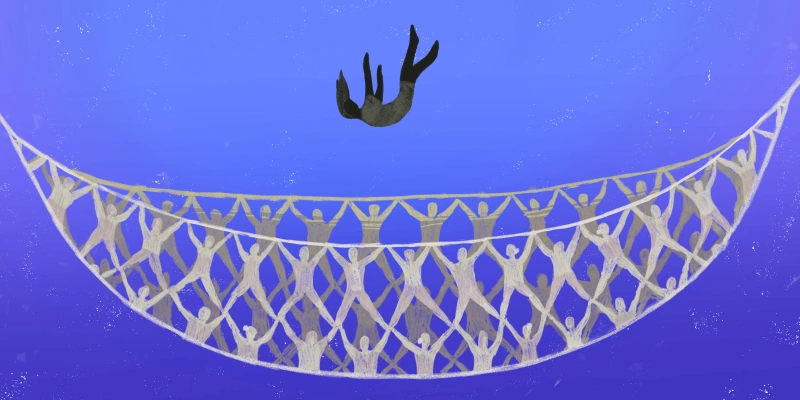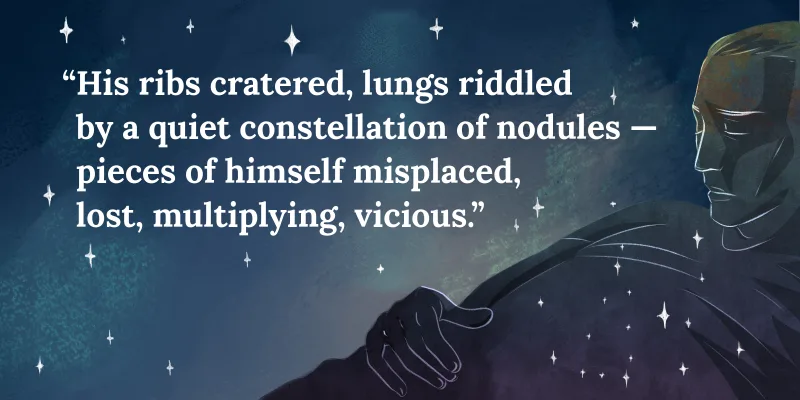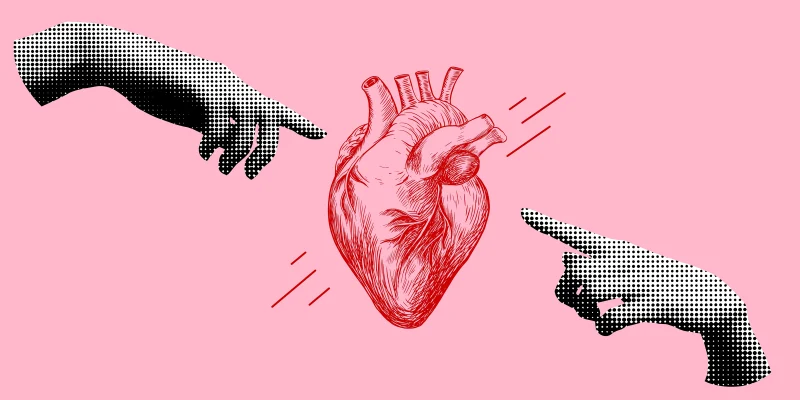
Last week Pediatric Nurse Practitioners, clinical nurse specialists, students, and others who are interested in the care of young patients descended upon New Orleans to attend the National Association of Pediatric Nurse Practitioners (NAPNAP) 40th National Conference on Pediatric Healthcare. Some came in on Mardi Gras day and witnessed the pageantry and chaos of the holiday while others trickled in on Ash Wednesday and early Thursday. The official start to the conference was electric. Dr. Mona Hanna-Attisha from Michigan State College of Human Medicine gave an impassioned yet tragic talk about the Flint, MI water crisis. Her new book, "What the Eyes Don’t See: A Story of Crisis, Resistance, and Hope in an American City" chronicles the systemic racism, class divisions, health effects, and political inertia related to the ongoing presence of lead in the drinking water in Flint. Her infectious energy and her call to action for those sitting in the room earned Dr. Hanna-Attisha an enthusiastic standing ovation and prompted discussions and reflections among attendees throughout the conference.
Dr. Hanna-Attisha was the first of many presentations about the role of Pediatric Nurse Practitioners (PNP) in public health. In sessions on March 8th, learners were taught about identifying and treating victims of trauma and toxic stress. On March 9th, Tamra Kehoe continued on this theme and offered ideas for building a trauma-informed care institution. Dr. Kim Higginbotham discussed screening for social determinants of health. Later that day, attendees became familiar with ACEs (adverse childhood events) and the long-term effects that they have on children. On the final day of the conference, the role of public health was again highlighted with sessions on health literacy and a final intensive workshop dived deep on resiliency skills in the context of ACE/Trauma. Attendees also had a general session on immunizations and multiple opportunities to learn more about the role of the PNP in combating the opioid crisis, two subjects that clinicians address everyday in the community. Learning also took place outside of the conference halls with a community service project on Sunday morning to benefit the local New Orleans community.
NAPNAP prides itself as being the country’s largest professional organization for Pediatric Nurse Practitioners. It is able to use this position to attract experts in this diverse field. Because of this large pool of presenters and members, attendance at this conference is the best place to deepen one’s pre-existing clinical skills and knowledge and learn about topics that might be outside of one’s everyday practice. For example, I had the privilege of being a part of an intensive workshop on precepting nurse practitioner (and nursing) students. The exchange of ideas in the room and the level of expertise from the presenters made the early wake up and three-hour time commitment well worth it. Other intensive workshops were held on telehealth, breastfeeding, interpreting pediatric radiographs, and human trafficking. Opportunities were built into each day to allow for networking and many groups based upon alma mater, geography, or special interests (e.g., acute care, childhood obesity, global health, etc) held socials at local bars or restaurants as a way to meet colleagues while also experiencing the fun of New Orleans.
No matter how one chose to fill their day — be it on a public health, faculty, or cardiology track, or through a hodge-podge of sessions that allowed one to consider the role of social media and nursing professionalism, challenges to care in remote areas of the country, food allergies, and genetic dysmorphia — you left feeling energized, more intelligent, and more challenged than when you first arrived.
While my waistline has not recovered from the beignets and the hurricanes, my heart is warmed and my mind is stronger after these six days down by the bayou.
Illustration by April Brust






